Shop Plein Air Art: The Art of Painting Outdoors and Its Rising Popularity
The art world is full of different styles, techniques, and movements that have evolved over centuries. One particular style that has gained significant attention in recent years is plein air painting. Whether you’re an avid art collector or someone just dipping their toes into the world of visual arts, the allure of plein air is undeniable. If you are looking to shop art or buy paintings online, understanding the history, culture, and techniques of plein air painting can help you appreciate this unique approach to creating art.
We will explore the rich history of plein air painting, the prominent artists who helped shape it, and why this form of painting is more popular than ever. Whether you're a seasoned art lover or a newcomer, this guide will give insight into this timeless technique and perhaps inspire you to purchase your next painting from an artist who specializes in plein air. Let's dive into the world of plein air and see how it continues to inspire artists and collectors alike.
What is Plein Air?
"Plein air" is a French term that translates to "open air," and it refers to the act of painting outdoors, directly observing the landscape rather than working from photographs or sketches made inside a studio. The goal is to capture the natural light, atmosphere, and colors that exist in the moment, making plein air painting a dynamic and often unpredictable form of art.
The approach encourages artists to experience the scene they are painting first-hand, which often results in a more spontaneous and authentic representation of the landscape. Plein air artists work with natural light, which can change rapidly depending on the time of day, weather, and location. As such, the challenge of working on location creates a sense of urgency and excitement that is reflected in the brushstrokes, colors, and energy of the painting.
The History of Plein Air Painting
While plein air painting might seem like a modern trend, its roots go back centuries. However, it wasn’t until the 19th century that plein air painting began to flourish as a movement.
In the early 1800s, artists typically worked in studios and painted landscapes from memory, sketches, or photographs. But that all changed with the development of new painting materials, including portable paint tubes and the invention of the portable easel. These innovations made it easier for artists to leave their studios behind and begin painting directly in nature.
The Impressionist movement, which emerged in France in the late 1800s, is closely associated with the plein air tradition. Artists like Claude Monet, Pierre-Auguste Renoir, and Camille Pissarro embraced the practice of painting outdoors to capture the fleeting effects of light and color. Monet’s famous series of paintings of water lilies, for example, were painted directly from nature, demonstrating his fascination with how light could transform the same scene at different times of day.
Before the Impressionists, artists like John Constable in England and Thomas Cole in the United States also painted landscapes outdoors, though the plein air practice didn’t become as widespread until the Impressionist movement popularized it. As the Impressionists rejected the formal academic standards of their time, they embraced the freedom of painting outdoors and capturing spontaneous moments. Their goal was to create a direct, unfiltered response to the world around them.
Top Artists in the Plein Air Movement
Plein air painting has seen a resurgence in recent years, with many contemporary artists continuing to practice this technique. However, it’s essential to understand the pioneers of this movement to fully appreciate how it has evolved over time. Here are some of the top artists who have played a crucial role in shaping the plein air tradition.
-
Claude Monet – Perhaps the most famous plein air painter in history, Claude Monet is often regarded as the father of Impressionism. Monet’s Water Lilies series is one of his most iconic collections, painted directly from nature in his garden in Giverny, France. Monet’s ability to capture the ever-changing qualities of light and atmosphere outdoors is a hallmark of plein air painting.
-
Pierre-Auguste Renoir – Renoir, another central figure in the Impressionist movement, was also a master of plein air painting. His works, such as Luncheon of the Boating Party, are celebrated for their vibrant colors, expressive brushwork, and the joyful energy of everyday life. Renoir often painted in the open air, capturing natural settings and the human figure in their true environment.
-
Camille Pissarro – Pissarro, known for his contributions to both Impressionism and Post-Impressionism, was a lifelong advocate for plein air painting. His works reflect his deep connection to nature, and his ability to depict the changing seasons and weather conditions outdoors is particularly noteworthy.
-
John Constable – As an English landscape painter, John Constable was known for his intimate depictions of the English countryside. His plein air work focused on capturing the beauty of rural landscapes in natural light, which was quite revolutionary for his time. His iconic painting The Hay Wain is a perfect example of his love for outdoor scenes.
-
Thomas Cole – Considered the founder of the Hudson River School, Thomas Cole painted majestic landscapes of the American wilderness. While his style was more formal and romantic compared to the Impressionists, Cole’s use of nature as a subject matter and his painting outdoors influenced many later plein air painters in America.
Common Plein Air Painting Techniques
Plein air artists rely on various techniques to capture the landscape in all its fleeting beauty. Here are some of the most common techniques used by plein air painters.
-
Rapid Sketching and Blocking In – Since time is of the essence when painting outdoors, many plein air artists begin by quickly sketching the scene and blocking in the basic shapes and colors. This method helps to capture the essence of the landscape before the light changes, or the subject disappears.
-
Use of Bold, Expressive Brushwork – Plein air painting encourages artists to work quickly and boldly, often resulting in expressive brushstrokes. The goal is to capture the feeling of the moment rather than focusing on intricate details. The strokes are often visible in the final painting, lending a sense of immediacy and energy to the work.
-
Color Harmony – Plein air artists rely heavily on color to convey the mood and atmosphere of the scene. Instead of using pre-mixed colors, they mix paints directly on the canvas, working quickly to match the colors they see in the natural light. The use of complementary colors can create a sense of harmony and balance in the painting.
-
Emphasis on Light and Shadow – One of the primary goals of plein air painting is to capture the changing effects of light. Artists pay careful attention to how light interacts with the landscape, noting the way shadows fall, the intensity of sunlight, and the way colors shift as the day progresses.
-
Limited Palette – To avoid overwhelming the canvas with too many colors, plein air painters often work with a limited palette of basic colors. This approach allows them to focus on color relationships and achieve a sense of unity in the painting.
The Rising Popularity of Plein Air Painting
In recent years, plein air painting has experienced a resurgence, both among professional artists and hobbyists. This revival can be attributed to several factors.
-
Social Media Exposure – Platforms like Instagram have played a significant role in the growing popularity of plein air painting. Artists now have a global audience for their outdoor works, and social media has allowed them to share their creative processes in real time. The visual appeal of plein air works, with their vibrant colors and dynamic compositions, makes them particularly suited for online platforms.
-
Pleasure of Painting Outdoors – There’s something undeniably special about painting in the open air. Many contemporary artists are drawn to the freedom and inspiration that comes with working outside. Whether painting on a remote mountain top or in the middle of a bustling city park, plein air artists enjoy the direct connection to nature that painting outdoors provides.
-
Accessibility – Thanks to portable easels, compact painting supplies, and the rise of outdoor painting festivals and workshops, plein air painting has become more accessible to people of all skill levels. There are now plenty of opportunities to shop art supplies and attend plein air painting events, which encourage the practice among amateur and professional artists alike.
-
Growing Interest in Landscape Art – As people spend more time in nature and seek to connect with the environment, there’s been a renewed interest in landscape art. Plein air painting offers a fresh, authentic way to engage with the natural world, making it particularly appealing to collectors and art lovers who want a piece of art that reflects the beauty of the outdoors.
How to Shop Art and Buy Paintings Online
If you’re looking to add a piece of plein air art to your collection, there’s no better time to shop paintings and buy paintings online. Online galleries and marketplaces offer a wide selection of contemporary plein air works, allowing you to explore and purchase art from talented artists around the world. Whether you're looking for a breathtaking landscape or a smaller, intimate scene, online platforms provide easy access to a diverse range of plein air paintings.
When shopping for plein air art, consider the artist’s style, technique, and the mood they capture in their work. The beauty of plein air paintings lies in their spontaneity and connection to the natural world, so choose a piece that resonates with you personally. Browse plein air landscape paintings at CycloneSale.com.
Conclusion
Plein air painting is a timeless and dynamic art form that continues to inspire artists and collectors alike. Its history, culture, and evolving techniques make it a fascinating subject for those looking to explore the world of painting. Whether you’re an art enthusiast or someone looking to shop art, understanding the appeal of plein air painting can deepen your appreciation for this unique form of expression. As the popularity of plein air painting continues to grow, there's never been a better time to explore and buy paintings online that capture the beauty of the world around us. Buy paintings and shop art at CycloneSale.com for all your collecting needs today!


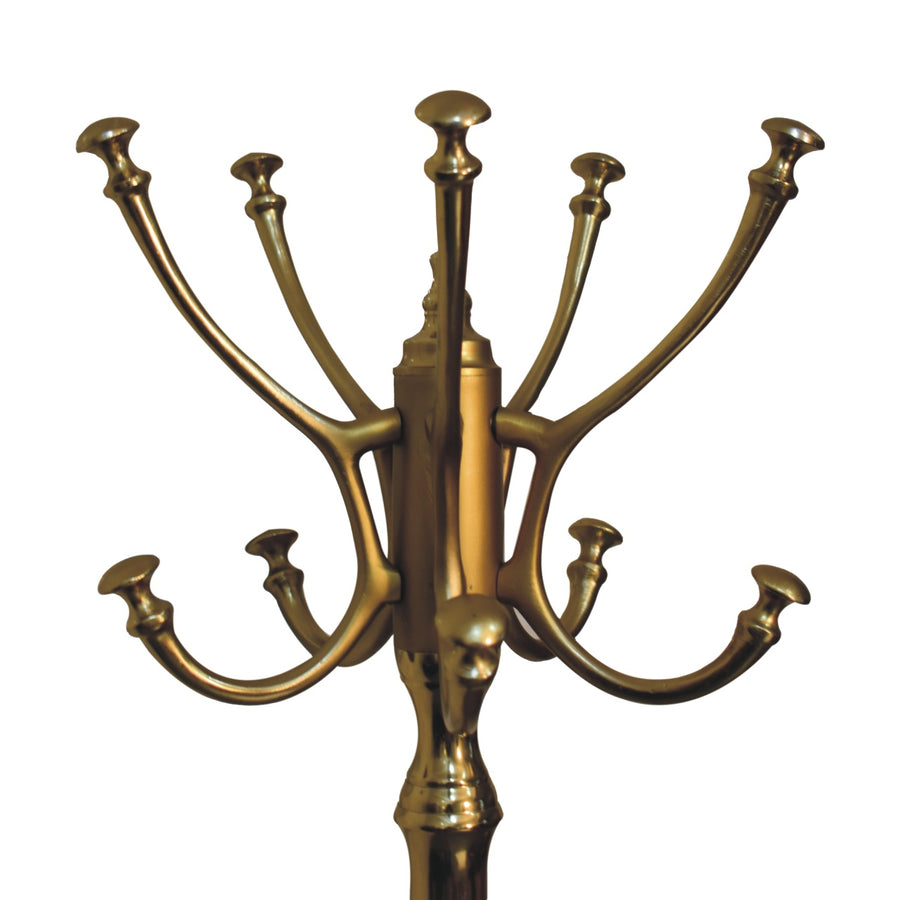
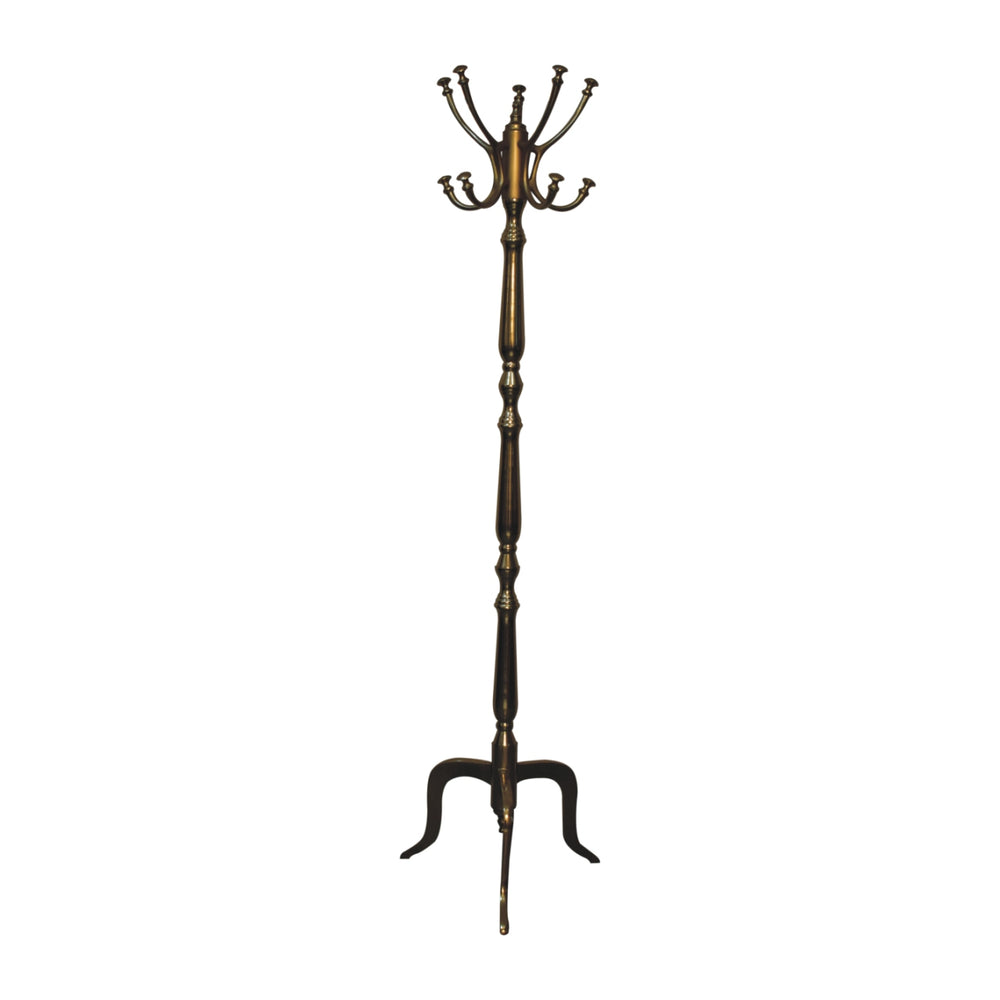
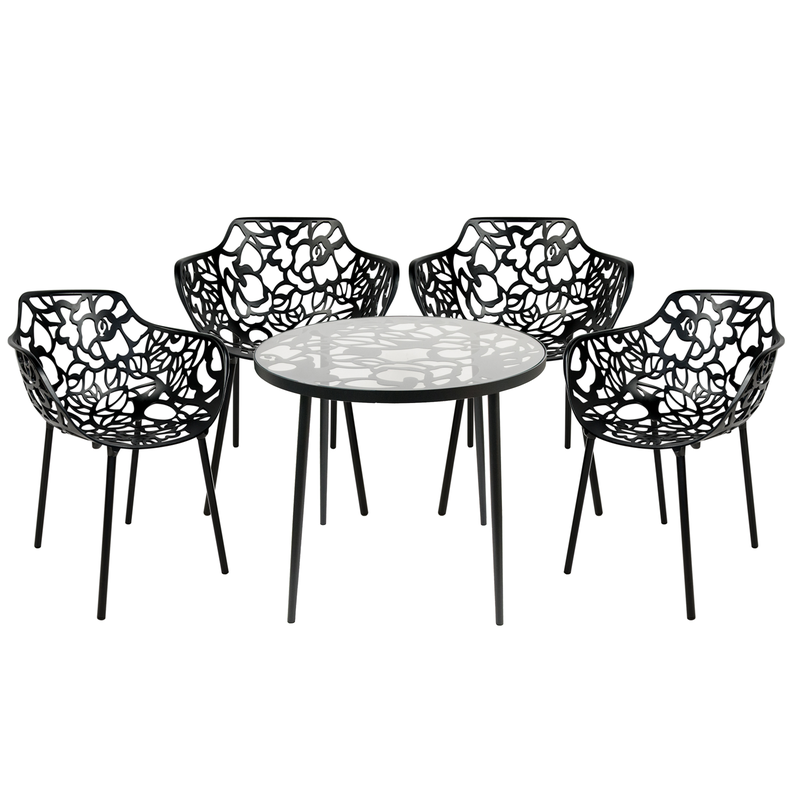
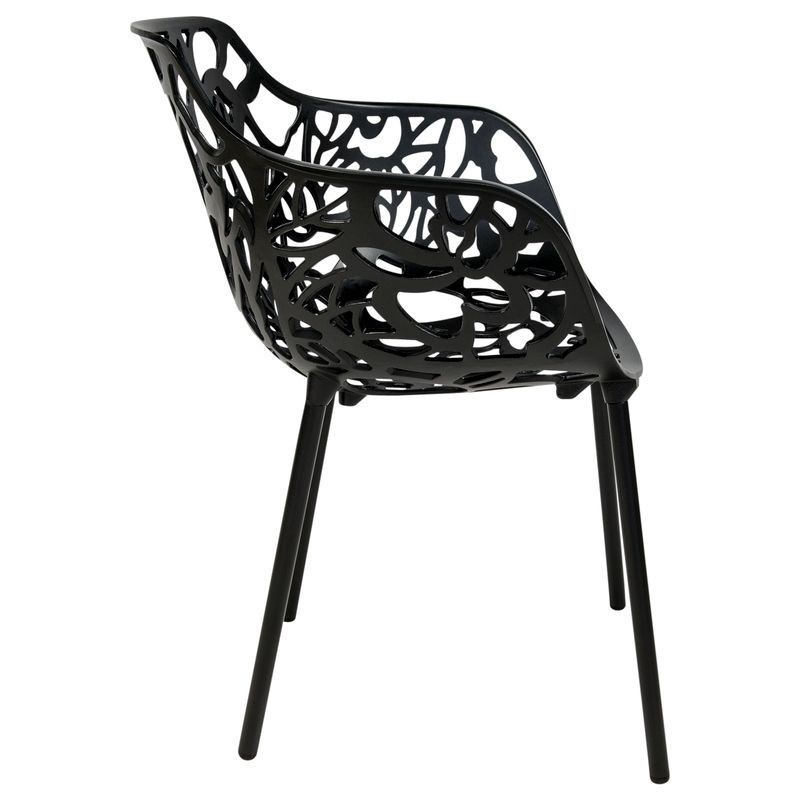


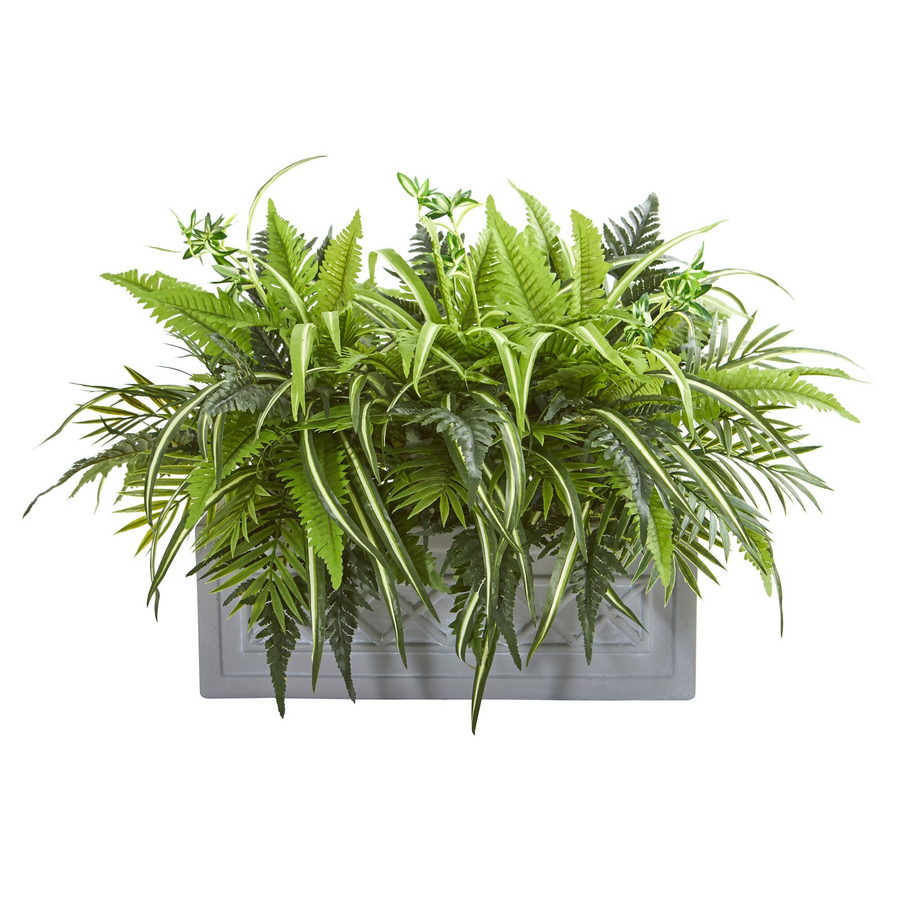

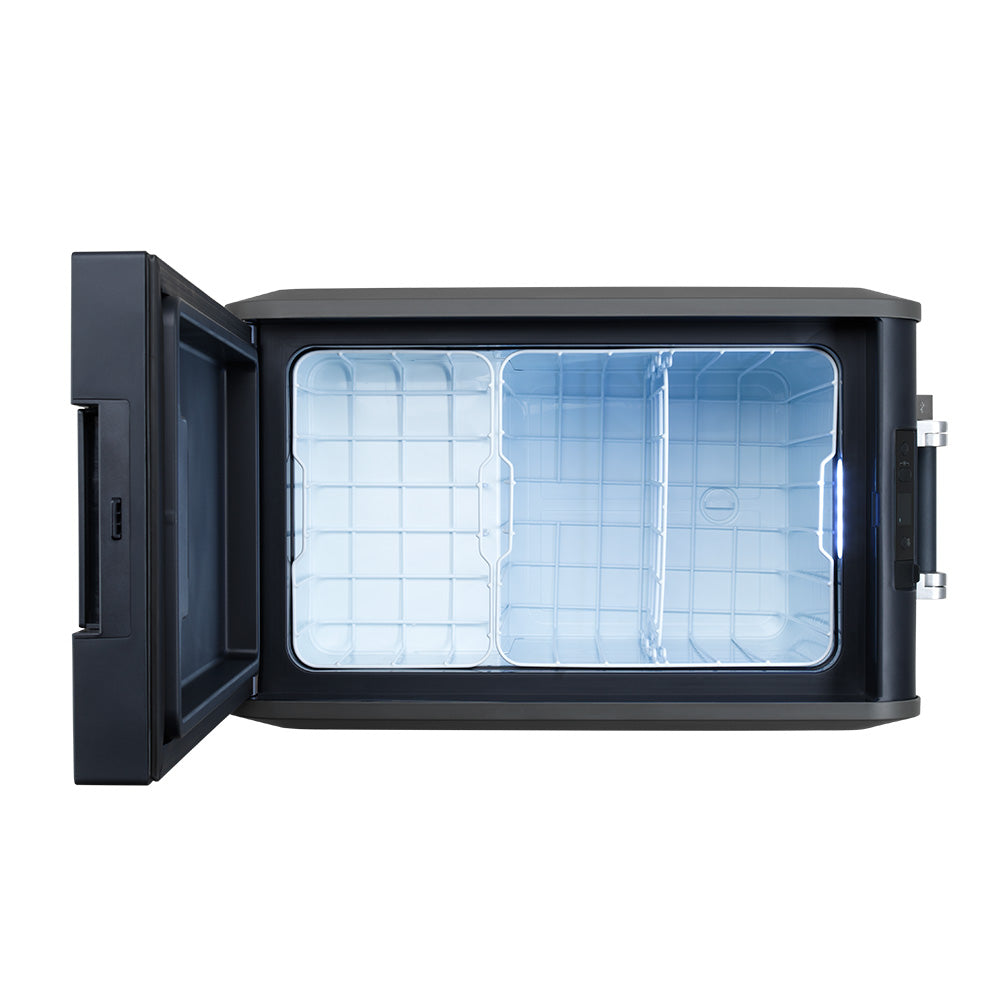
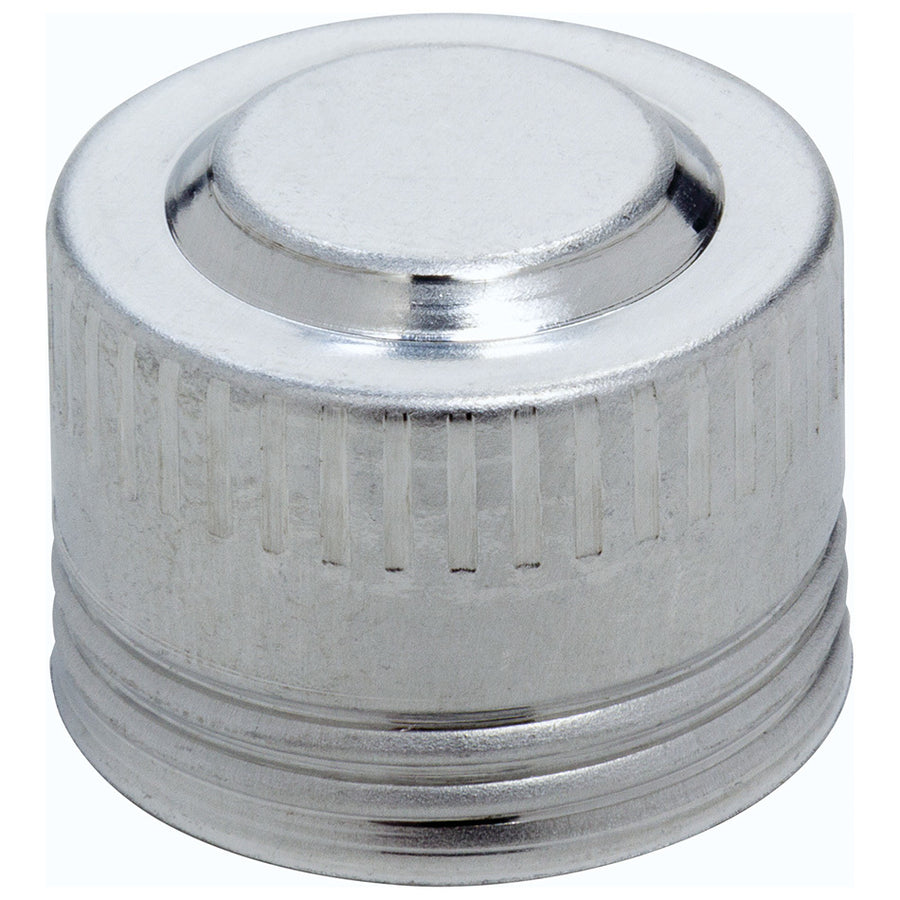
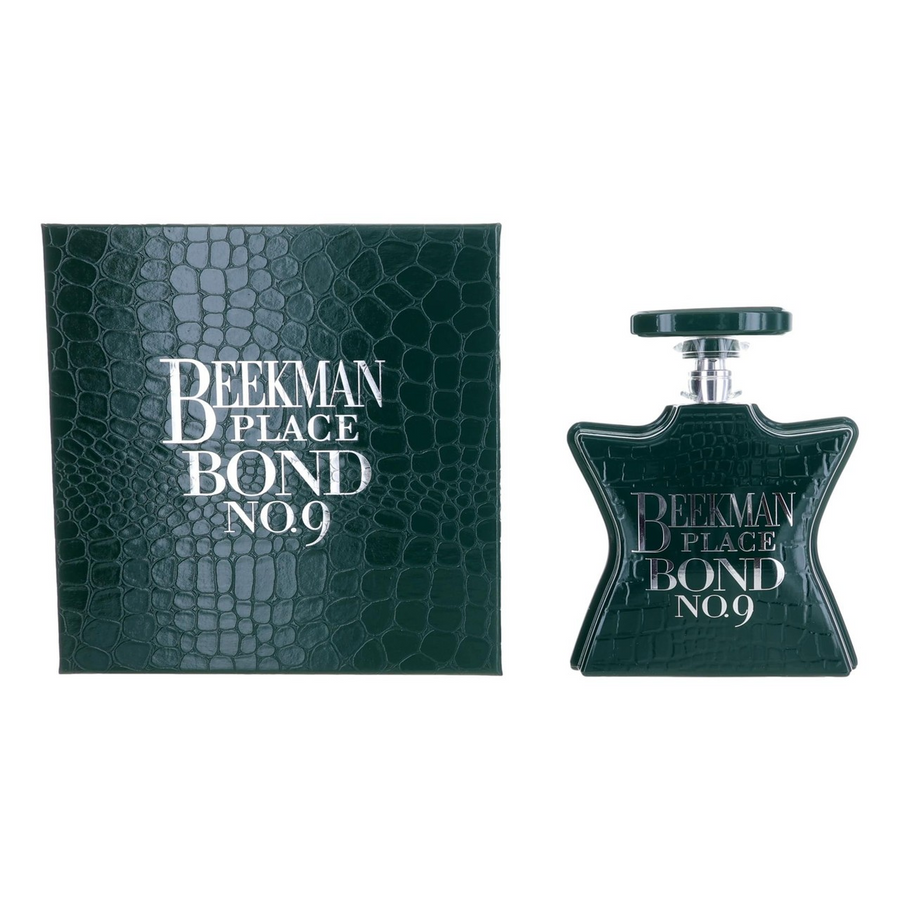








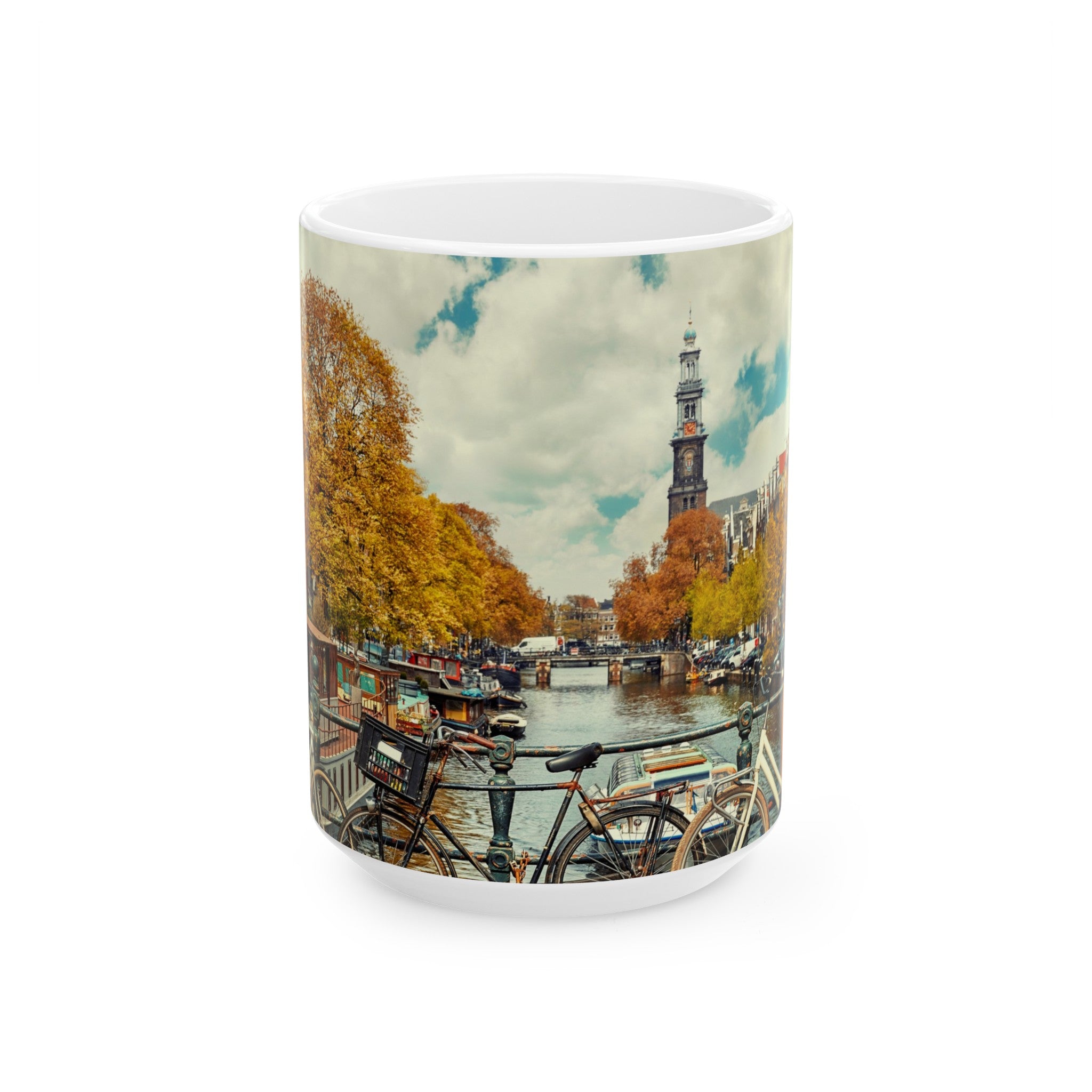
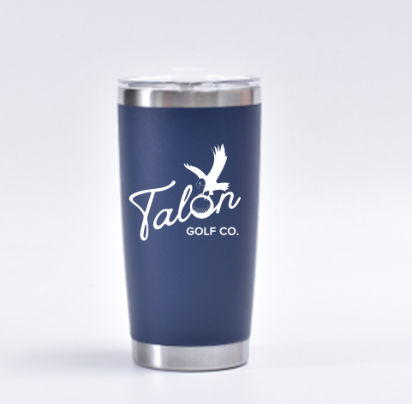


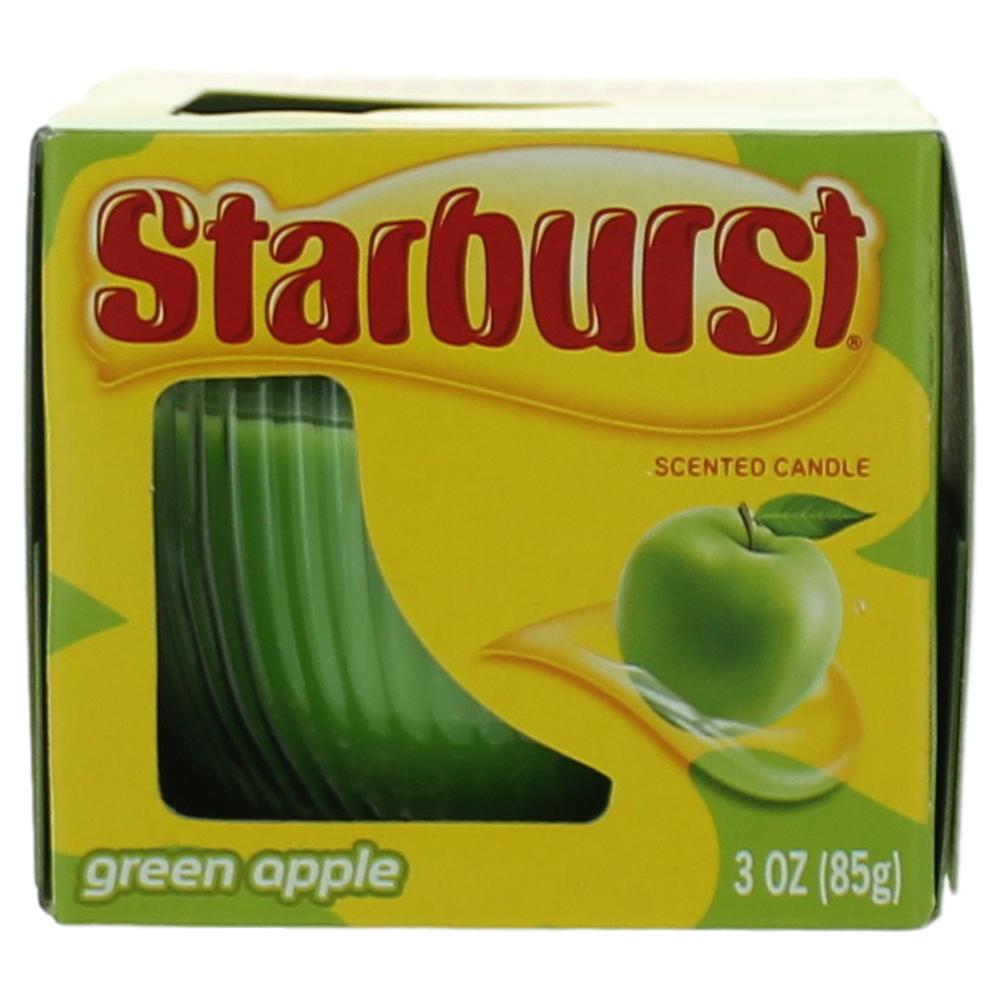


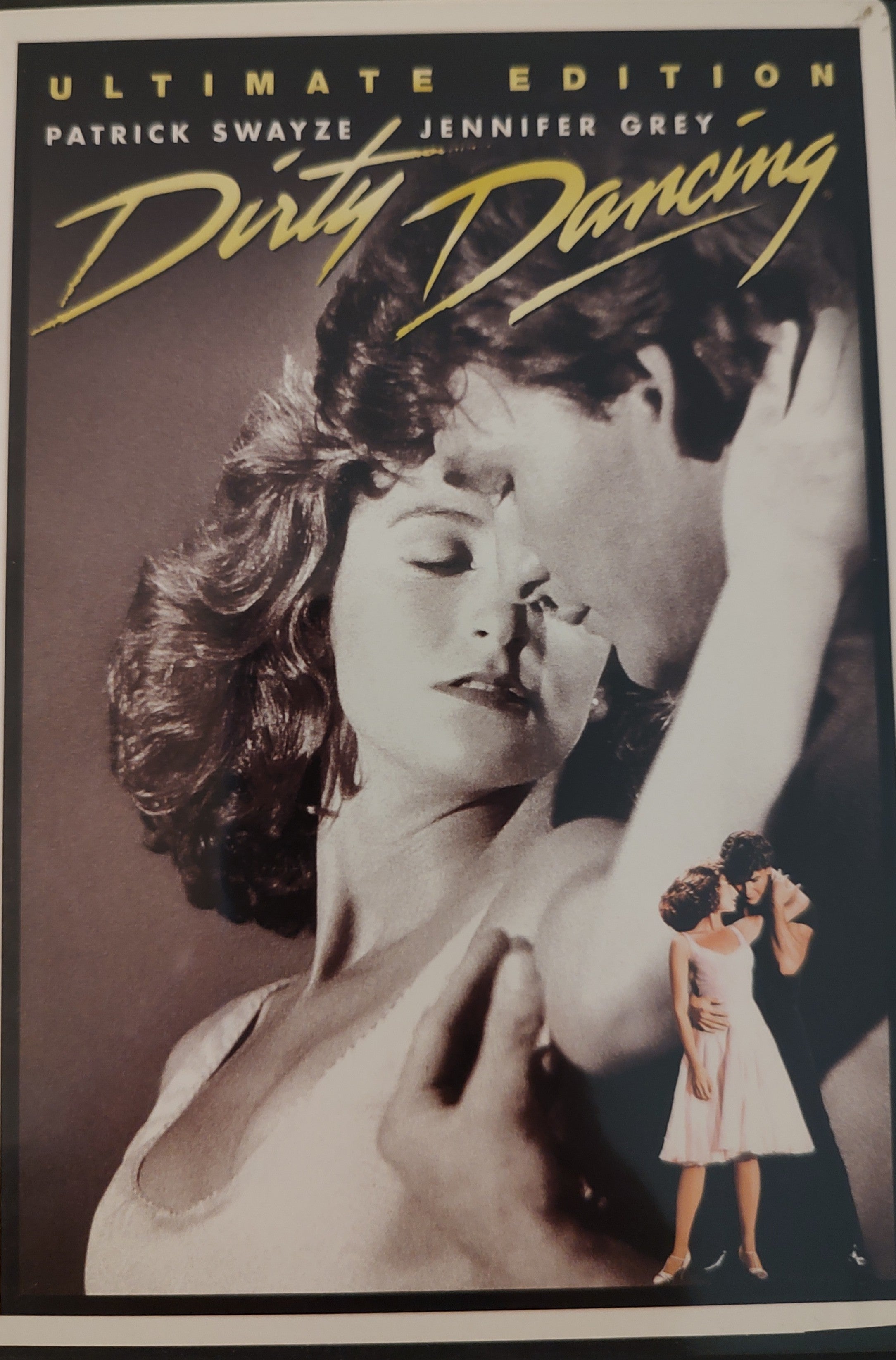
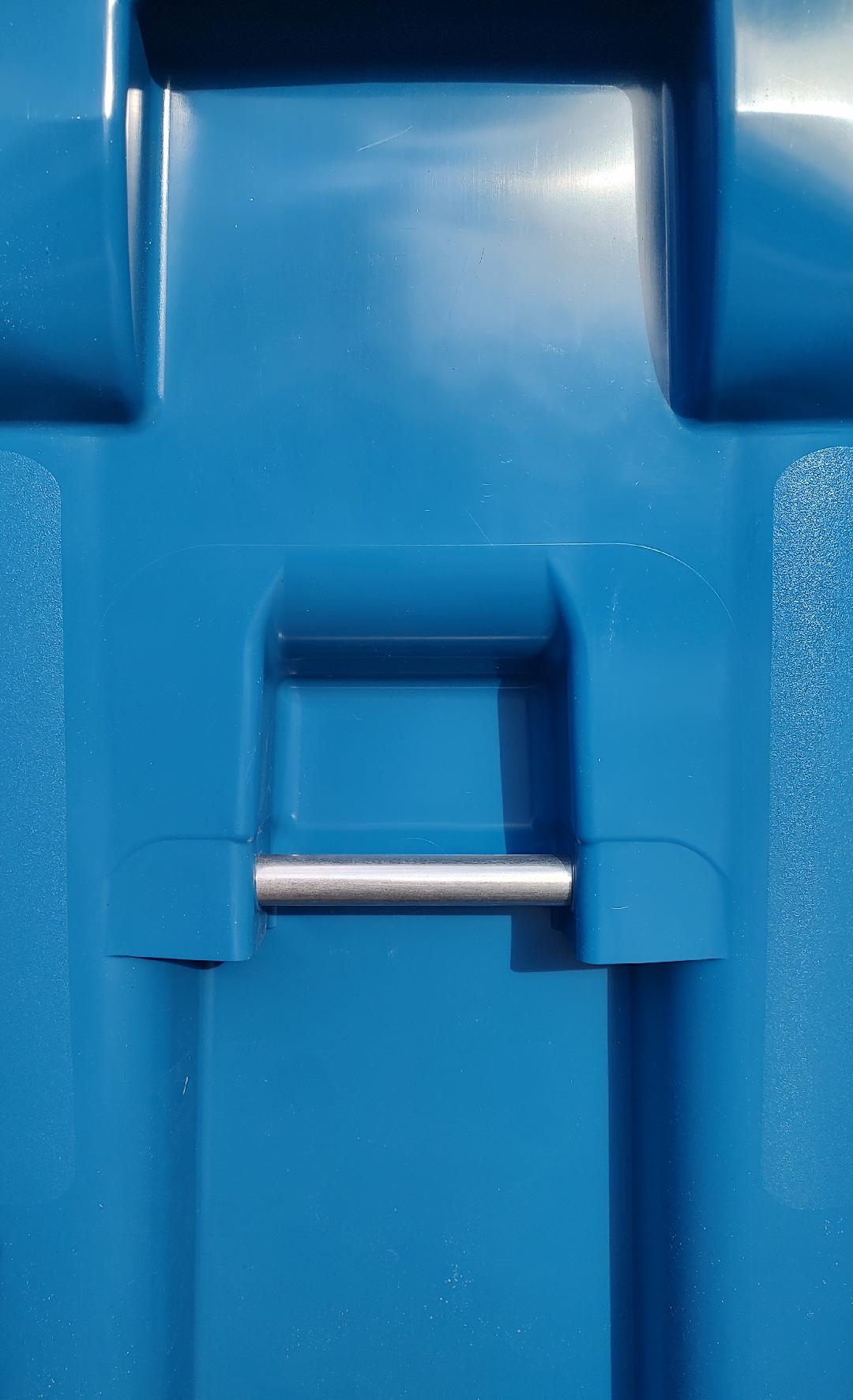





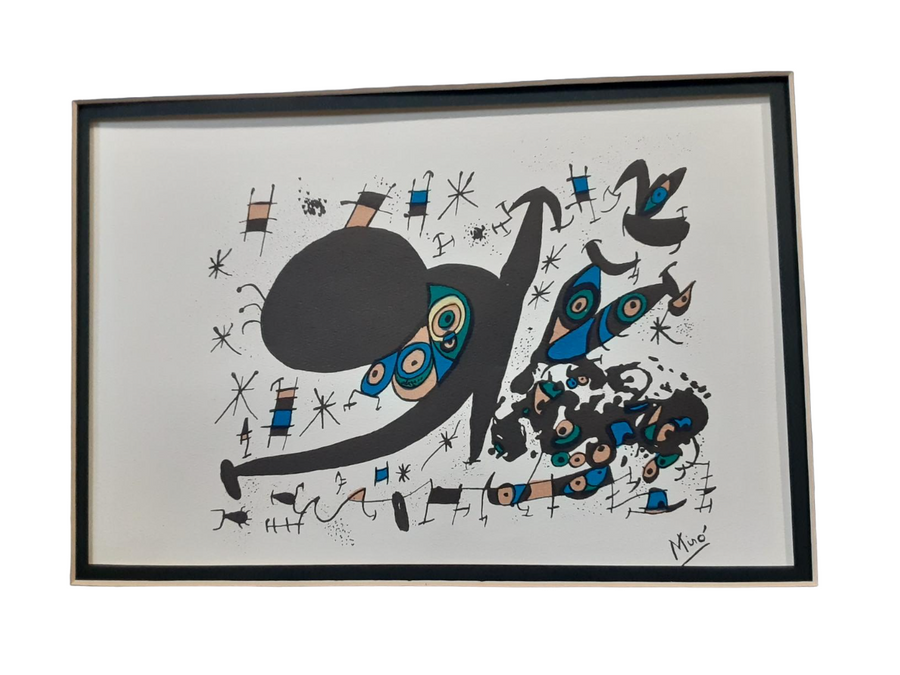
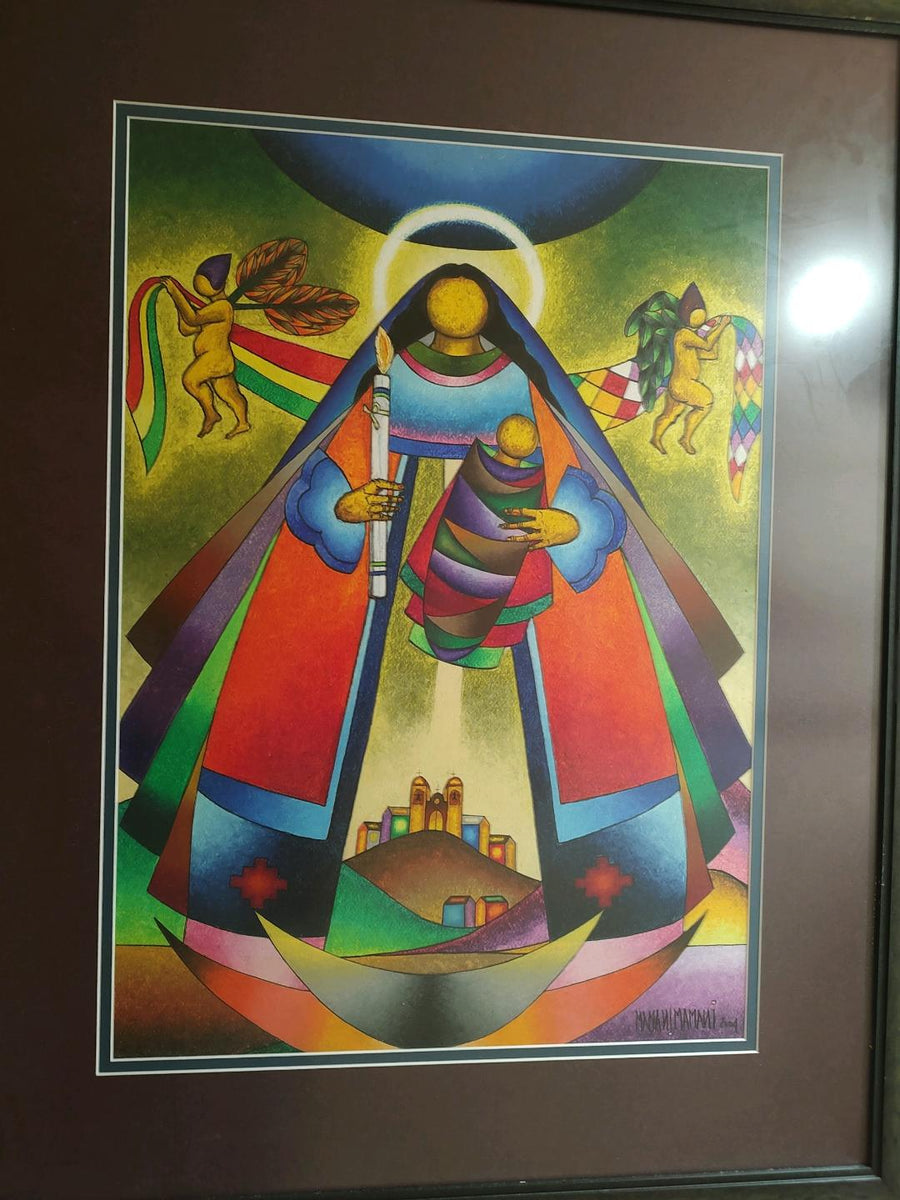
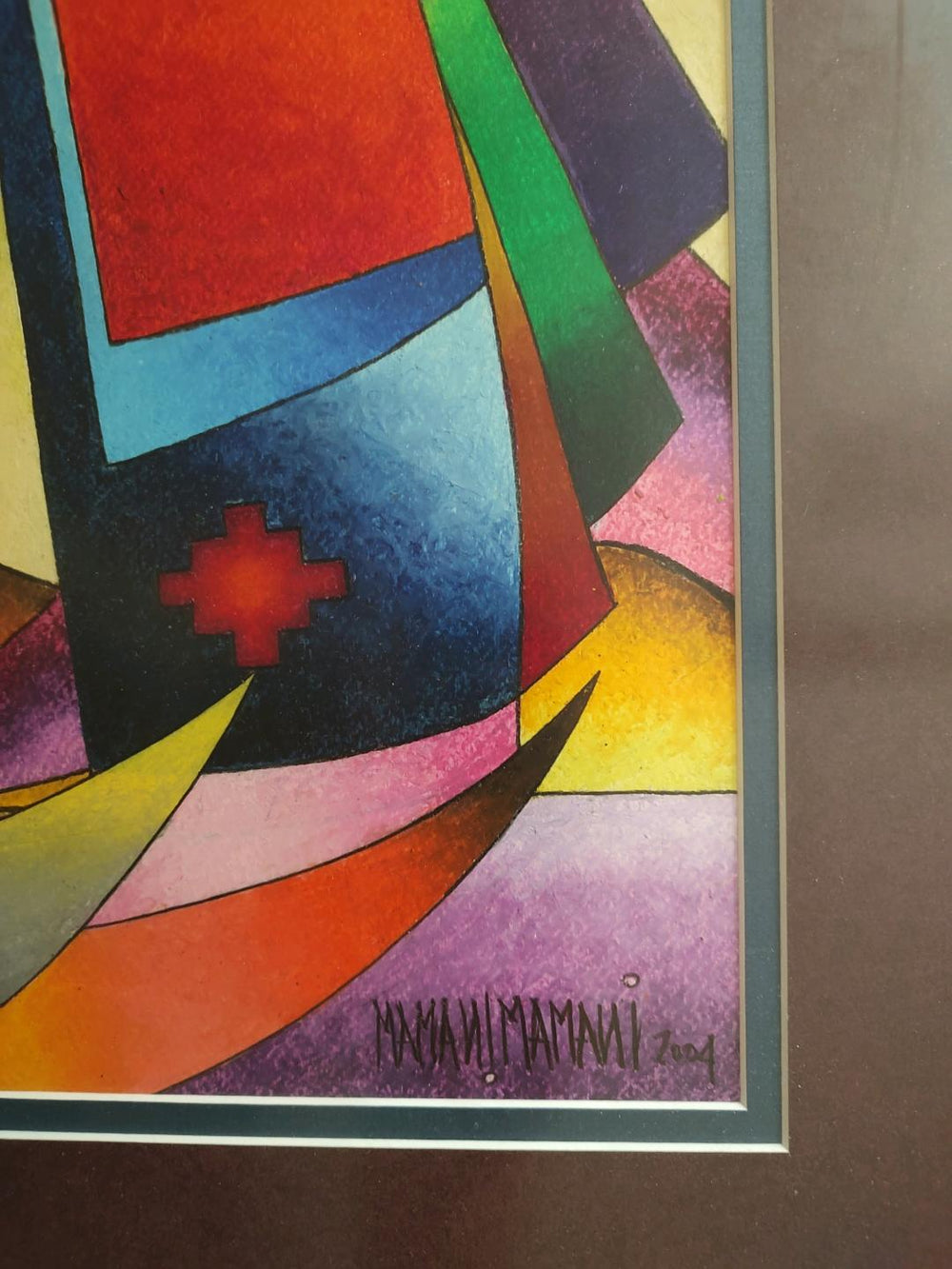
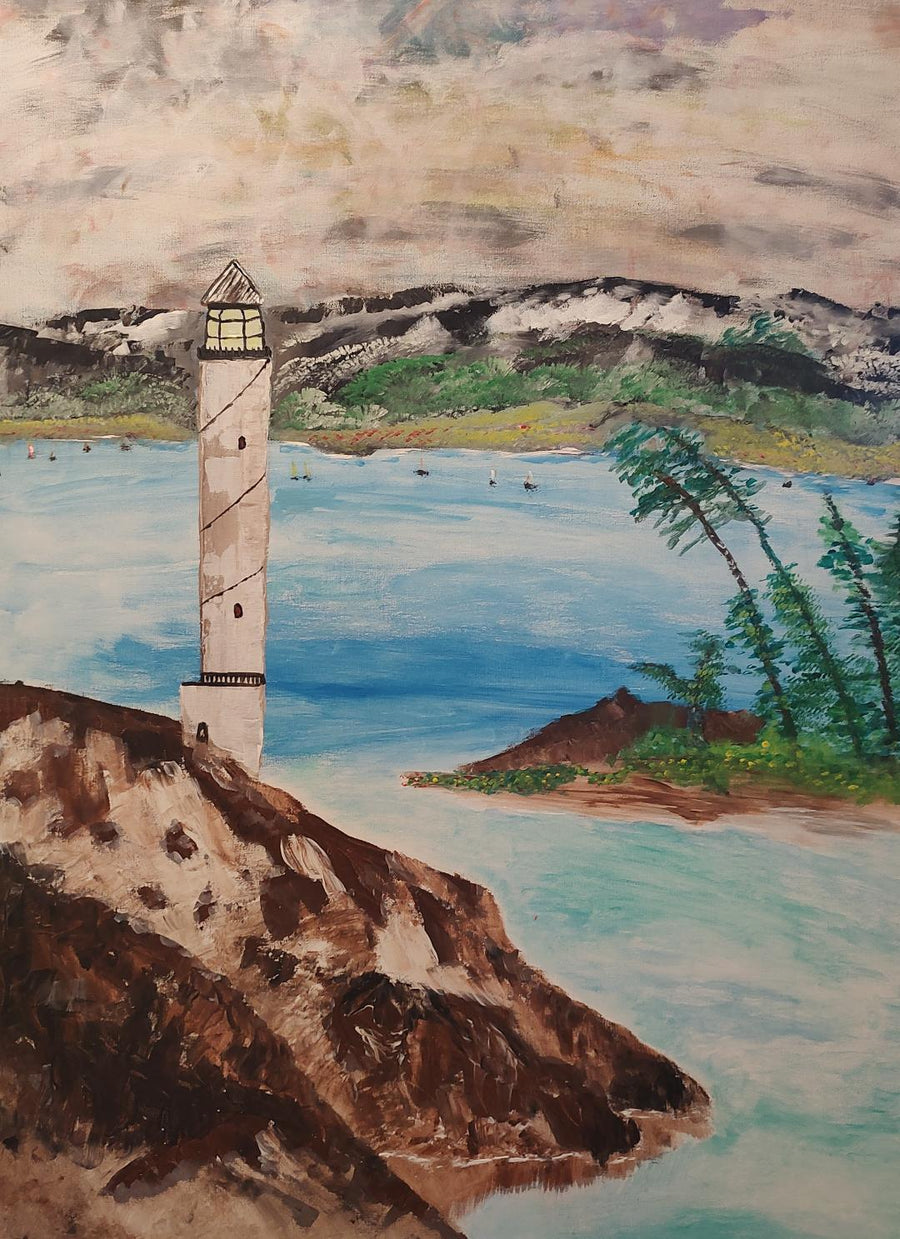
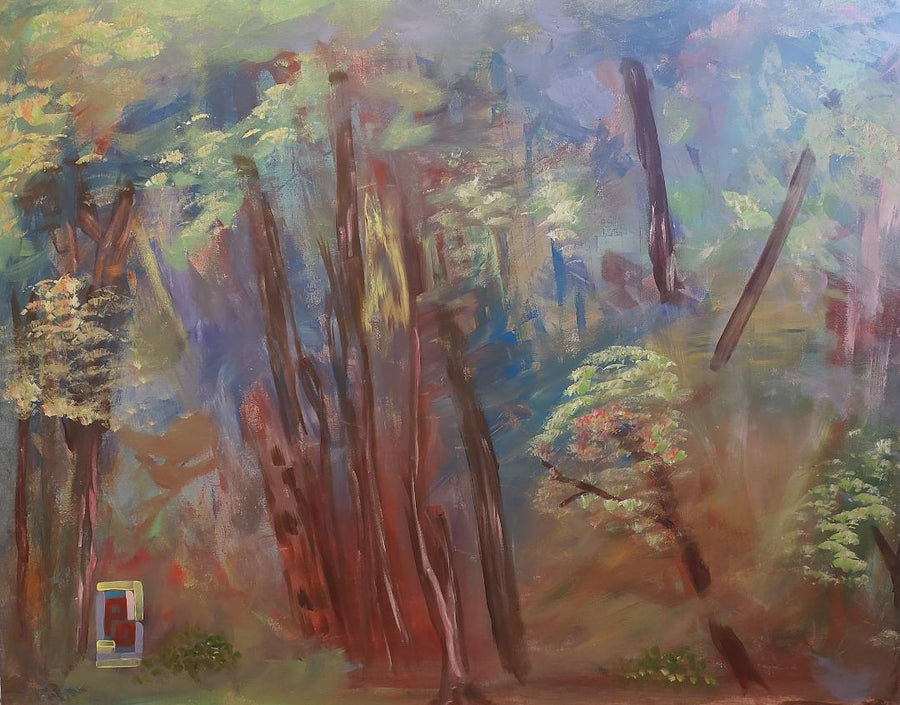
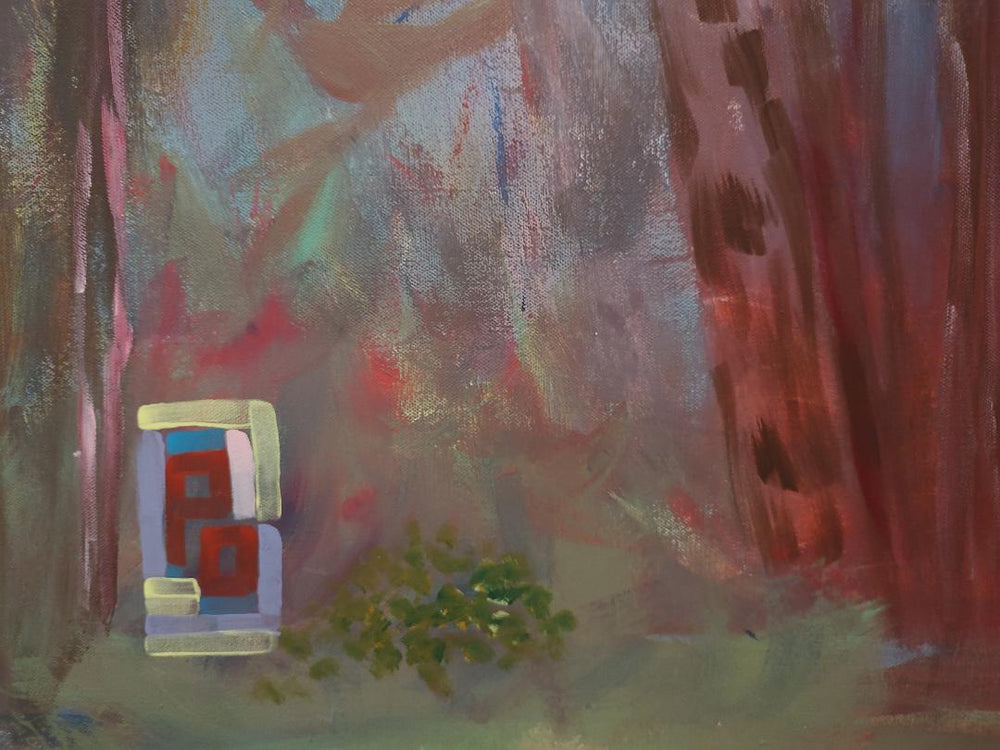
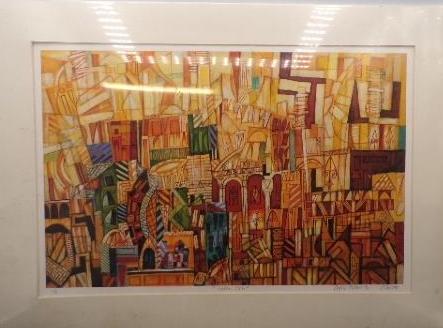
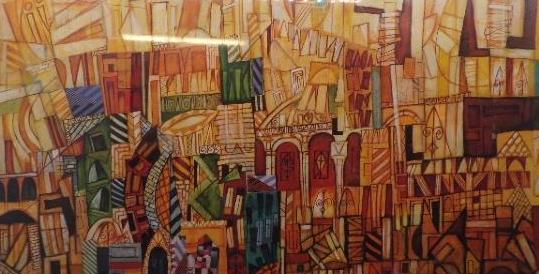
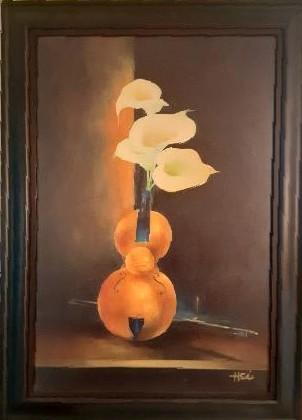
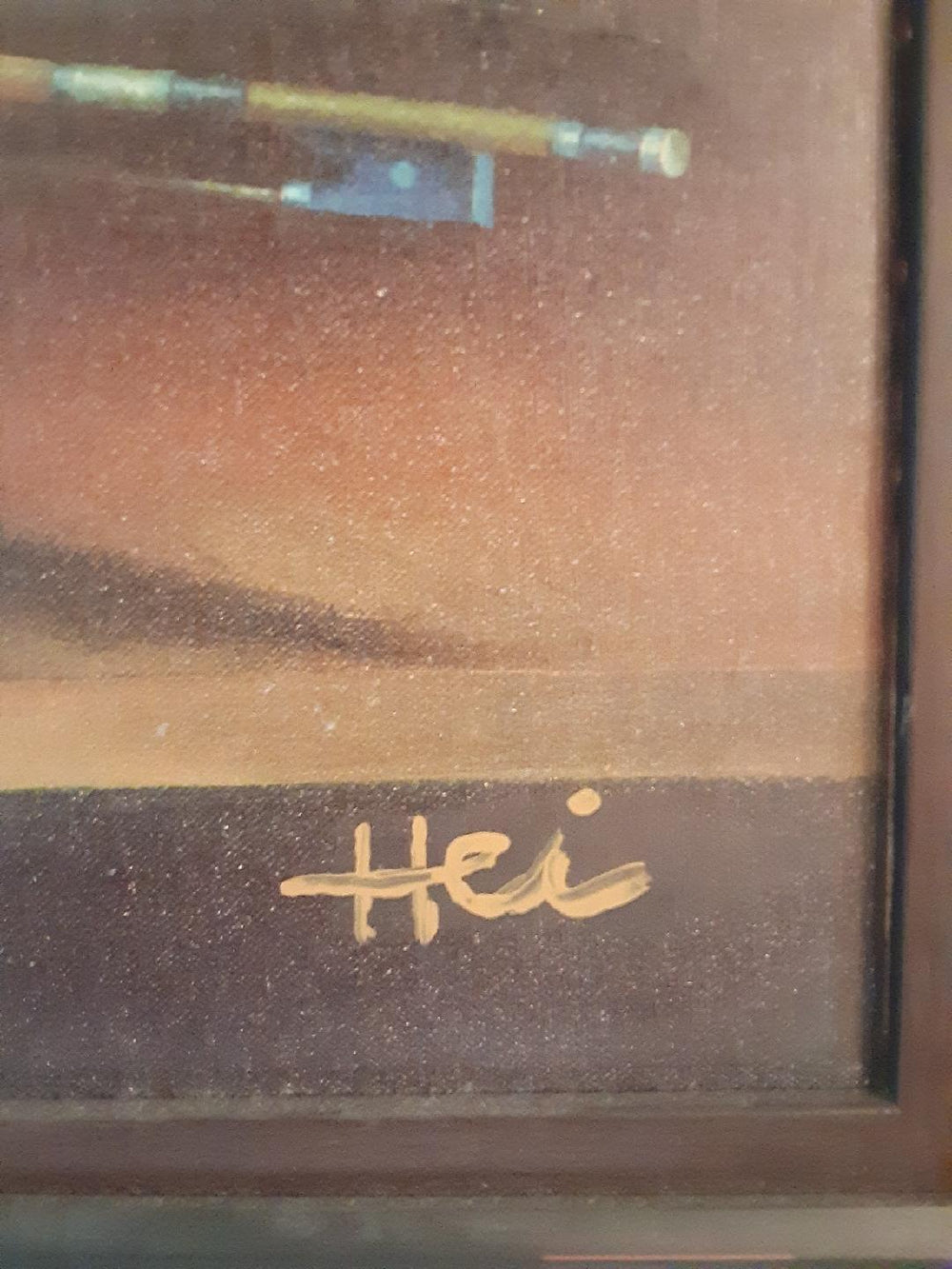
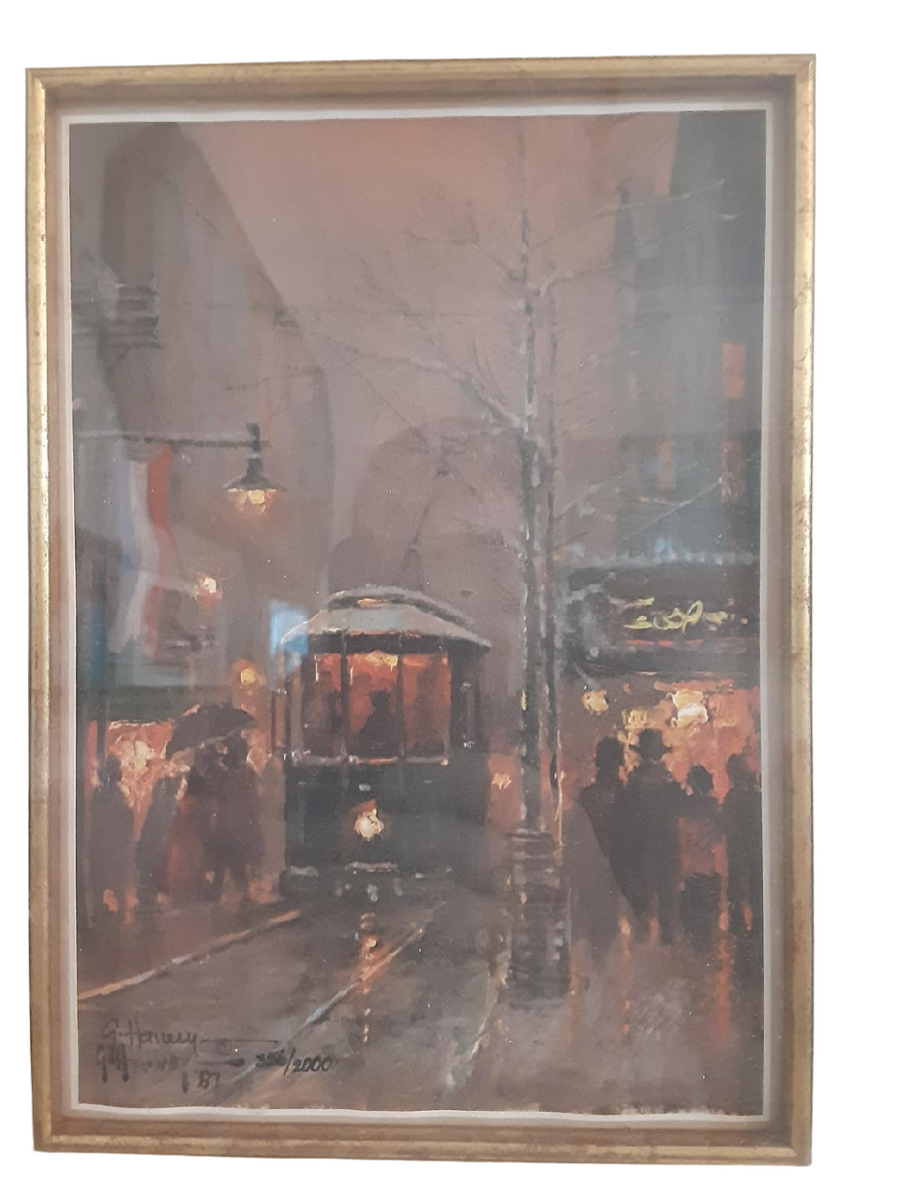
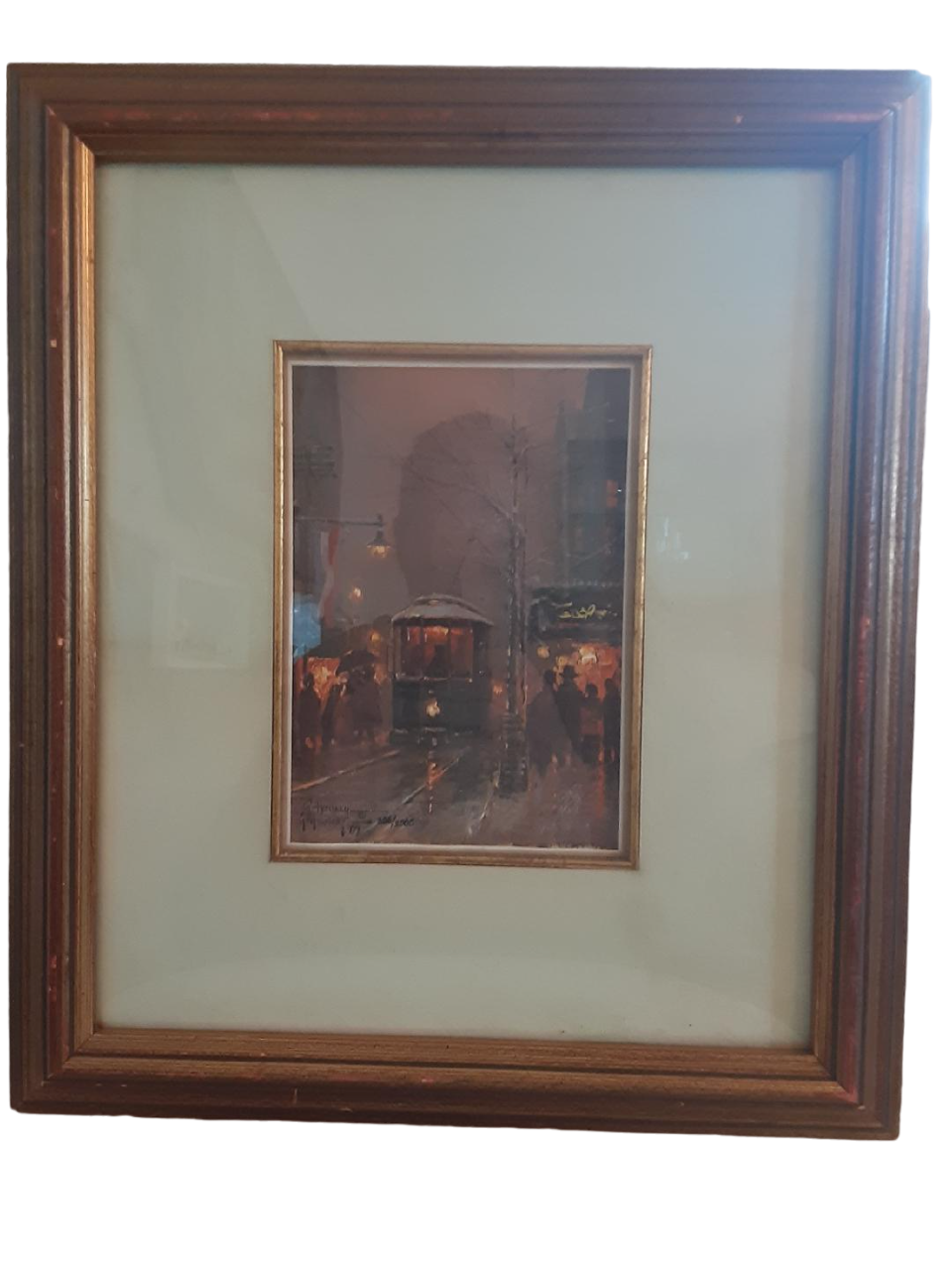
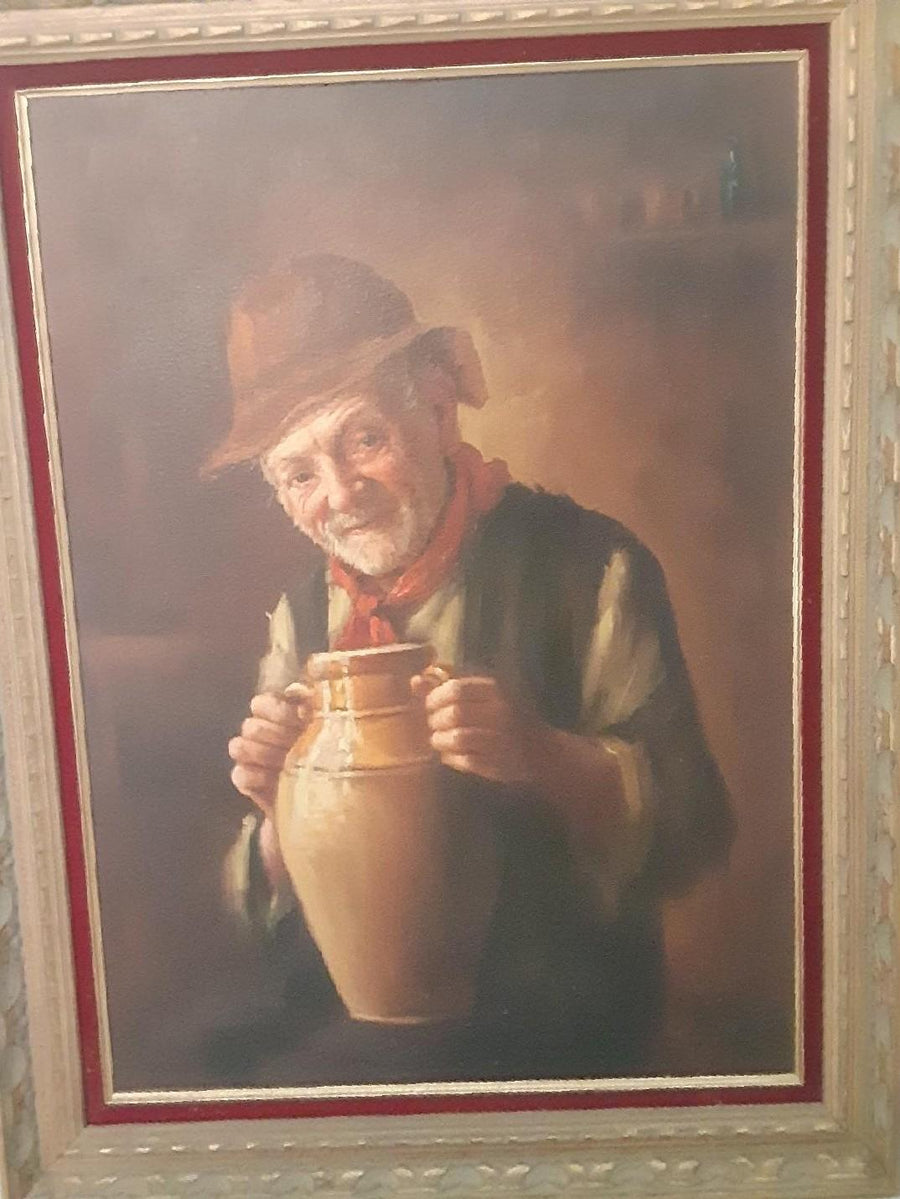
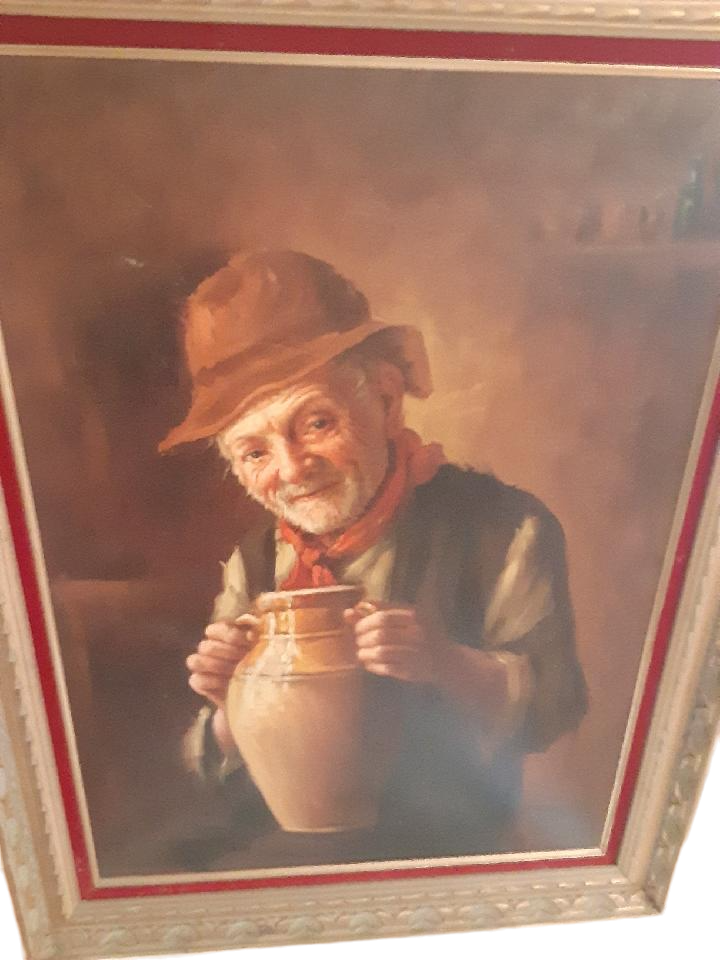
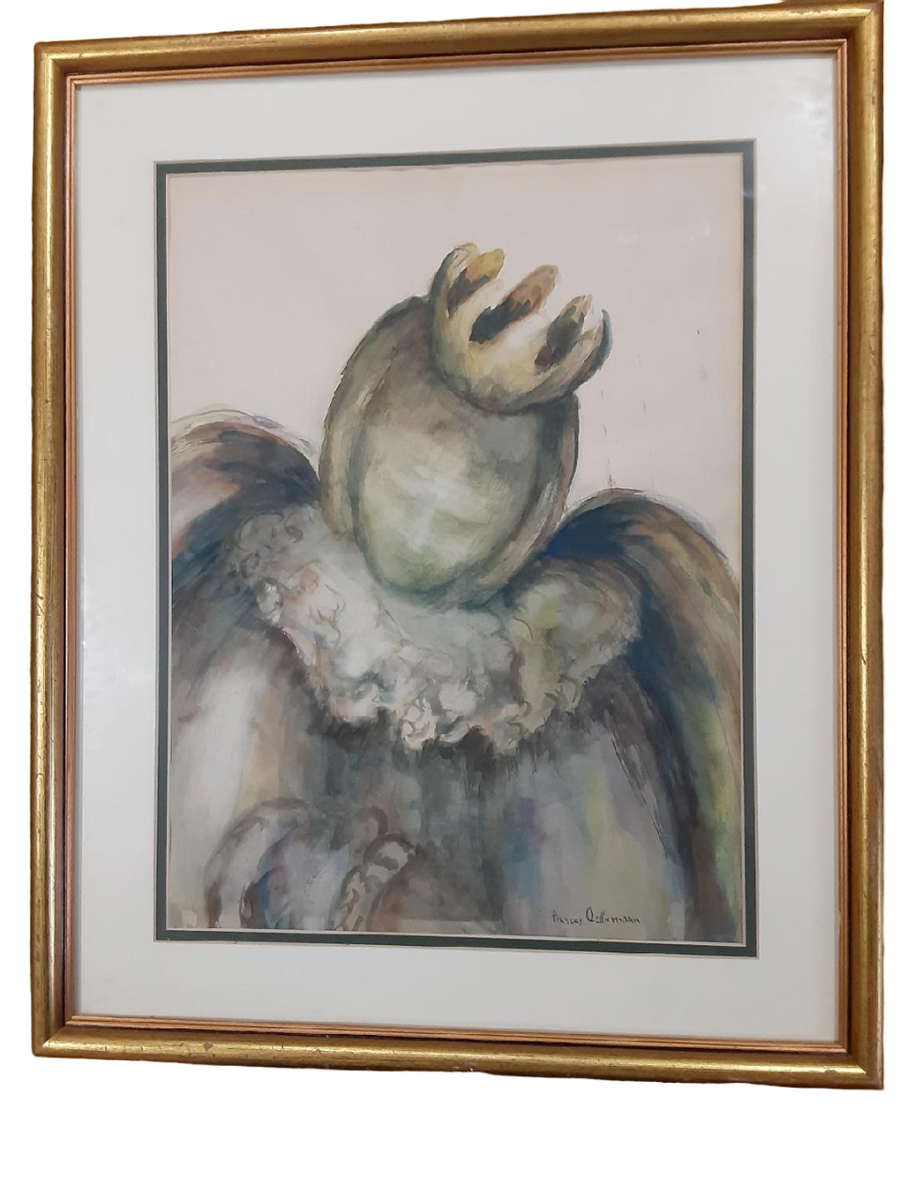
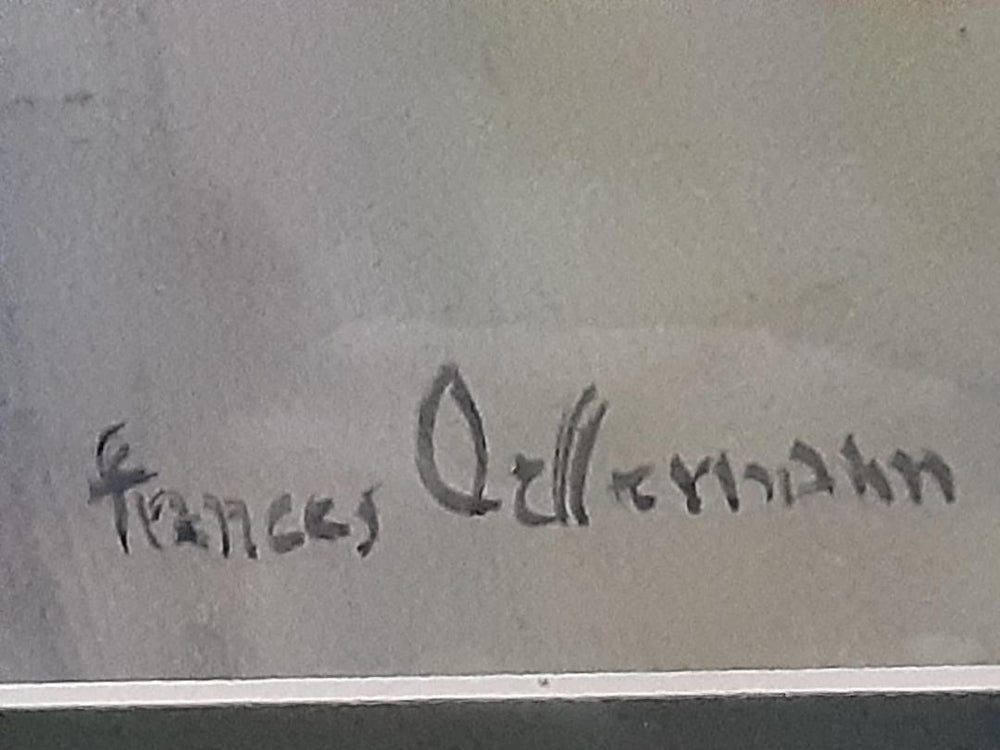
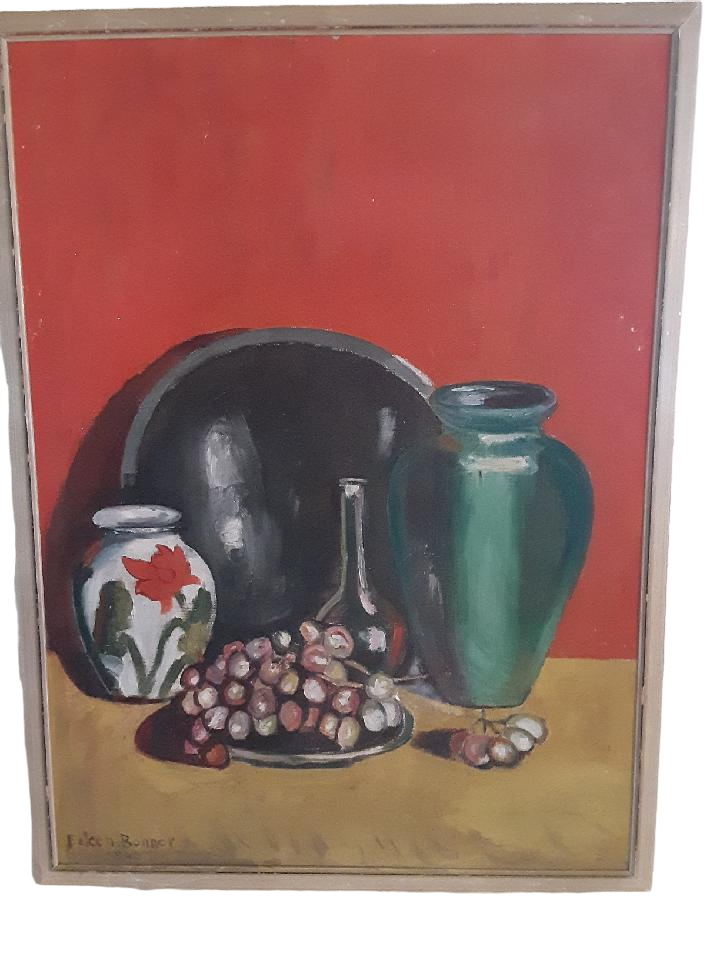
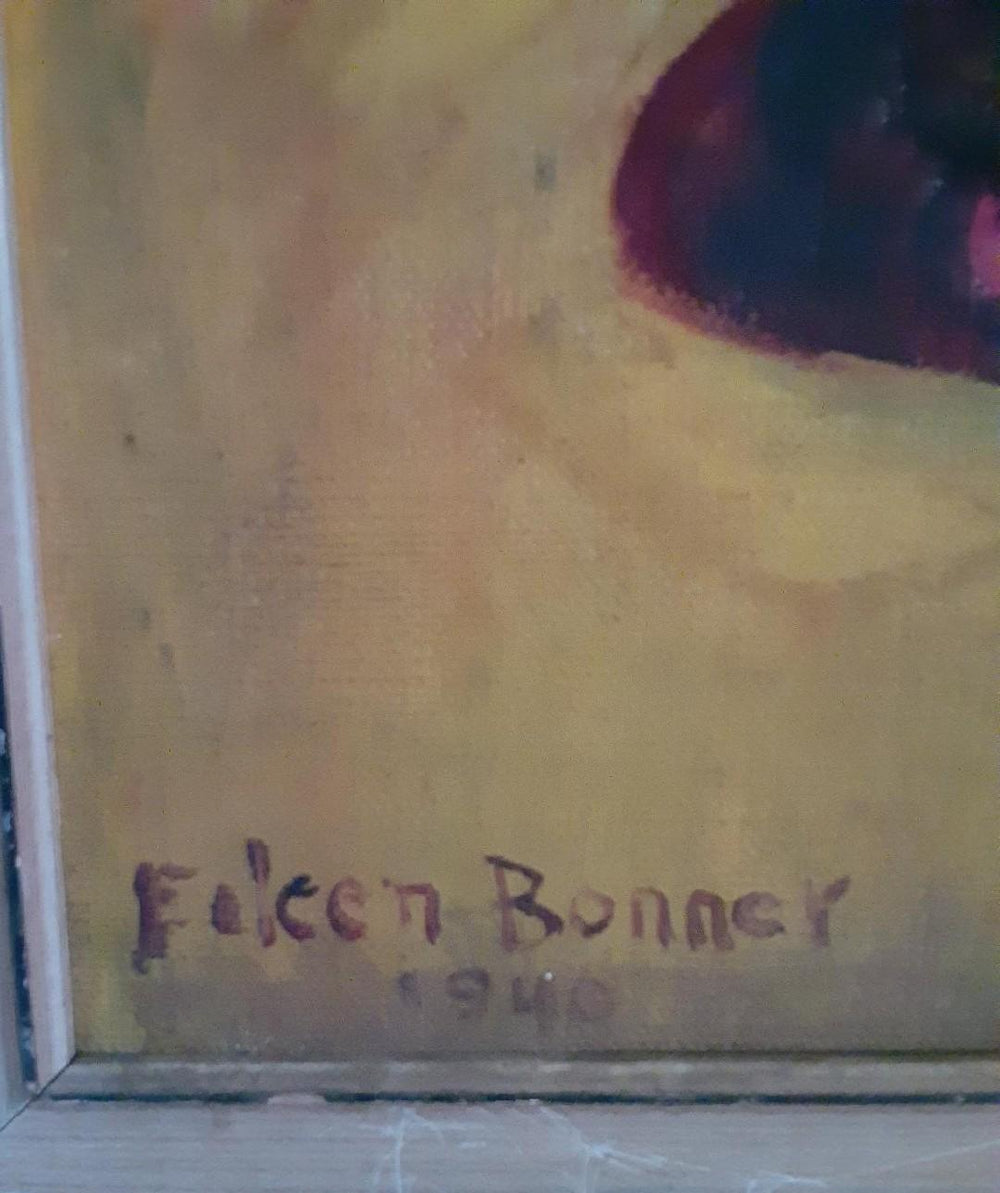
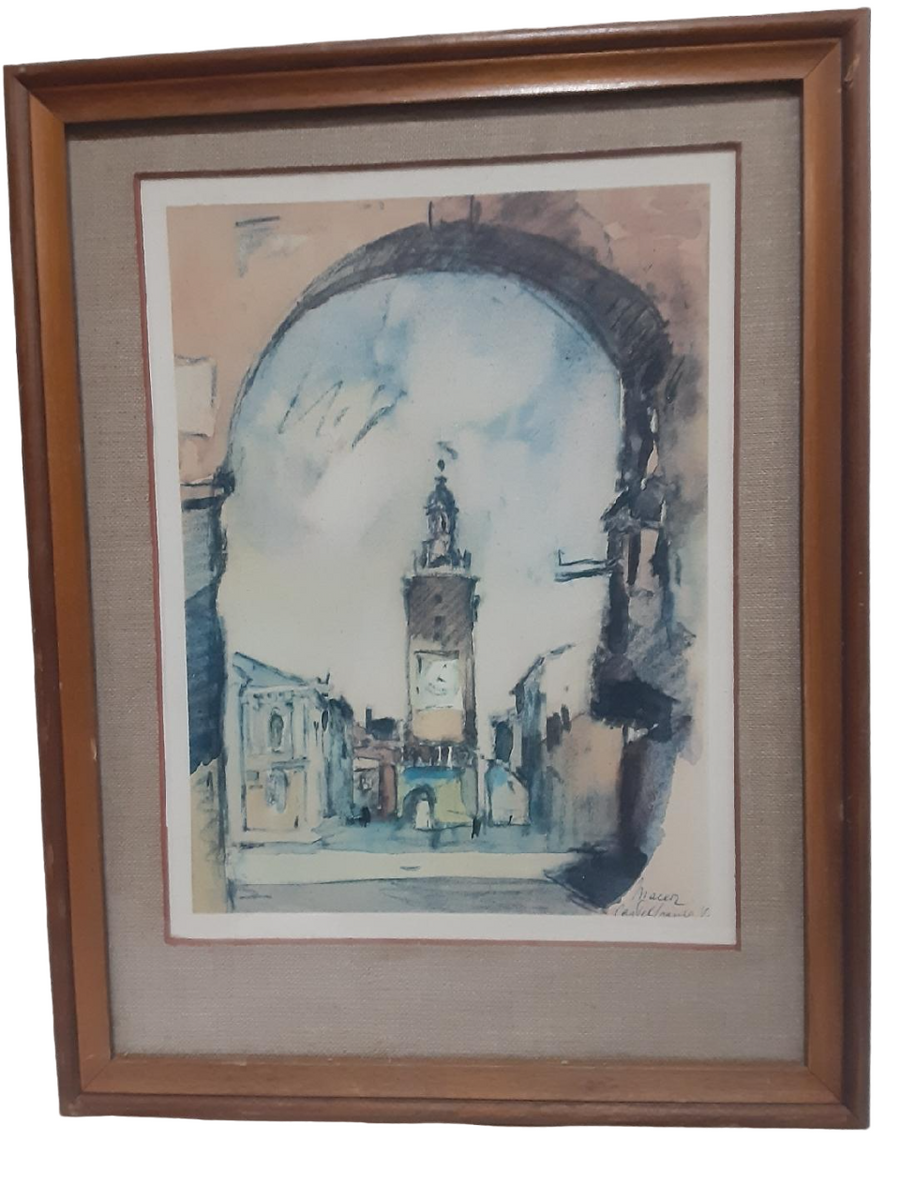
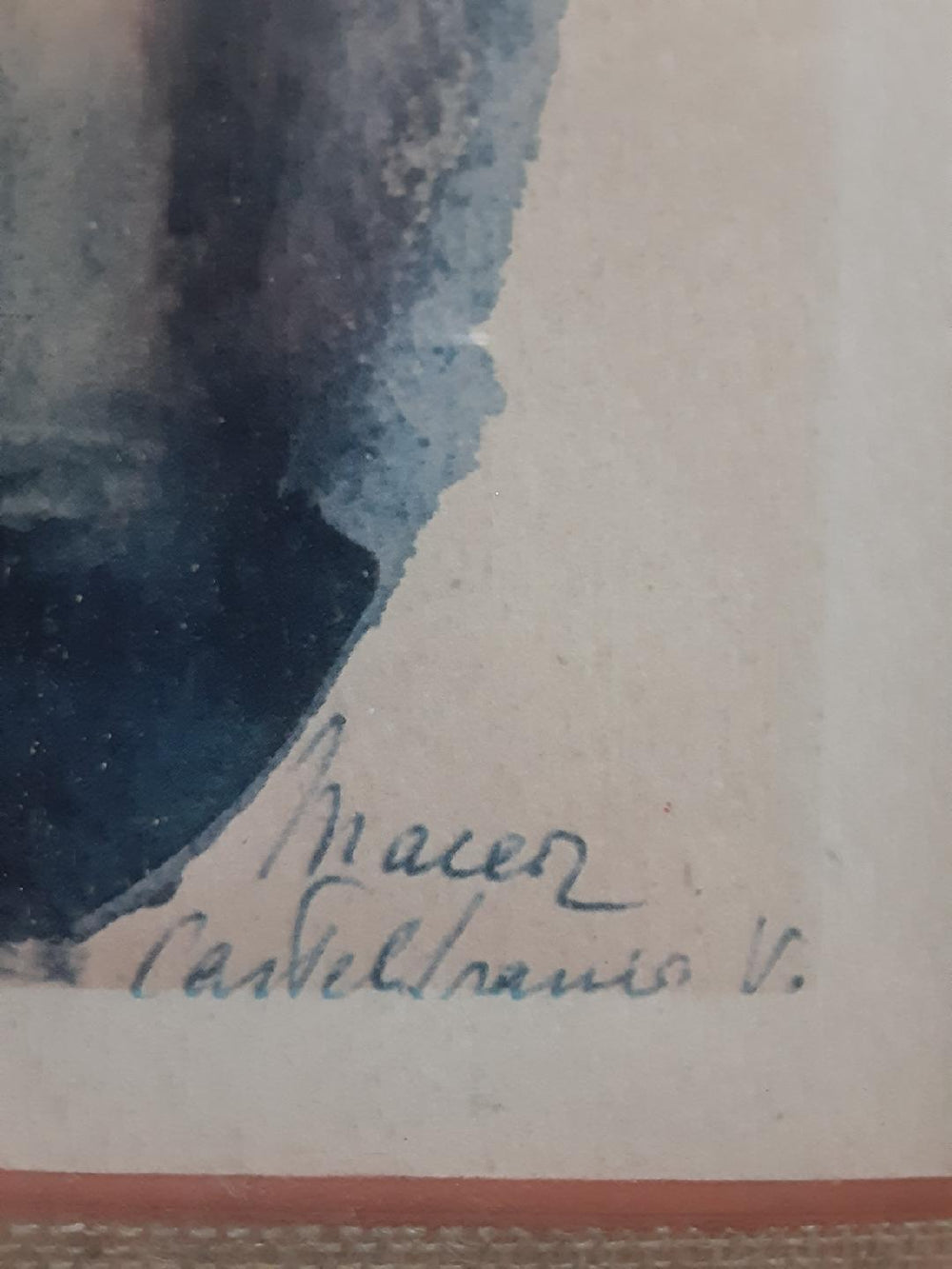
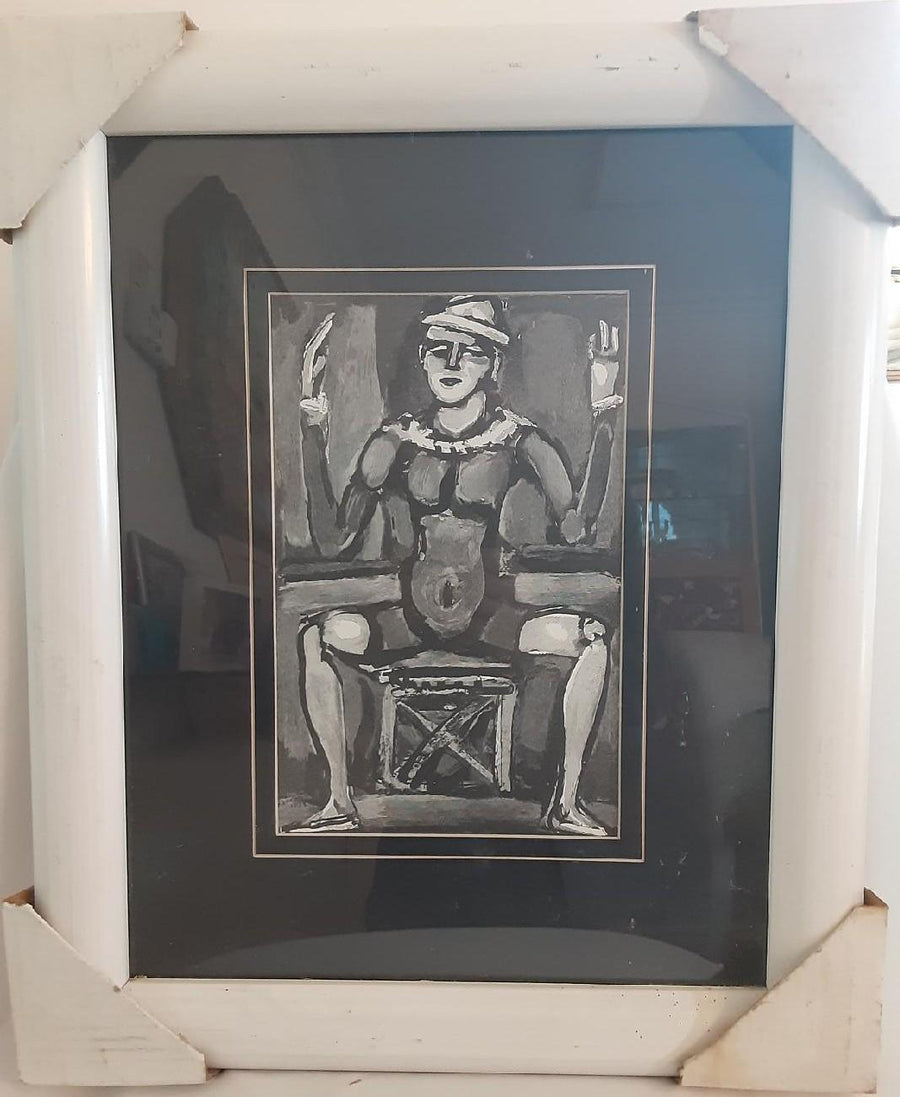
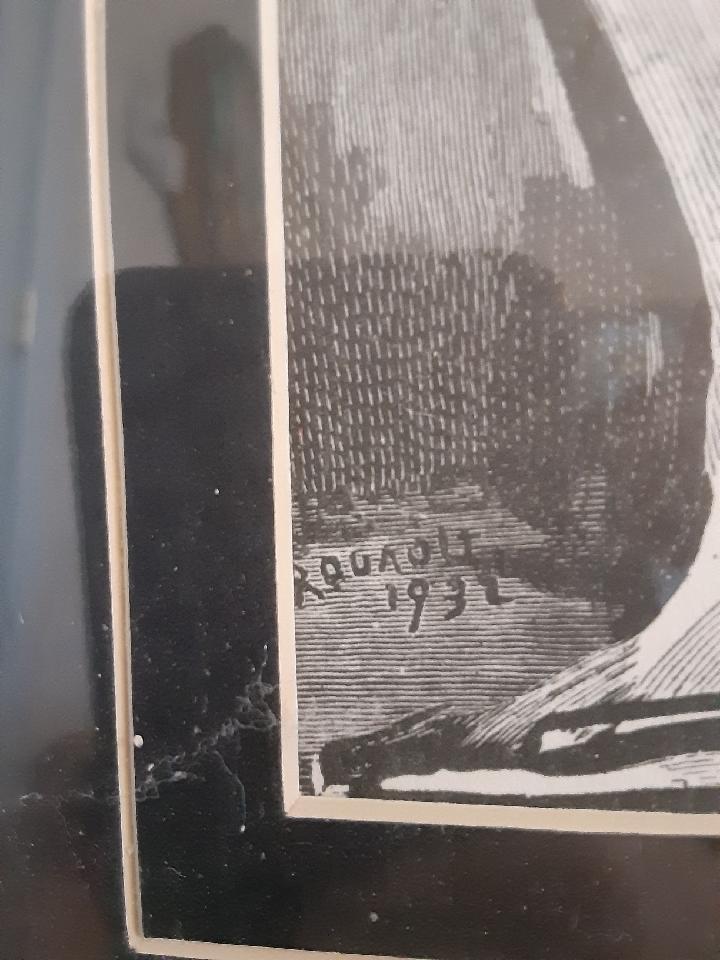
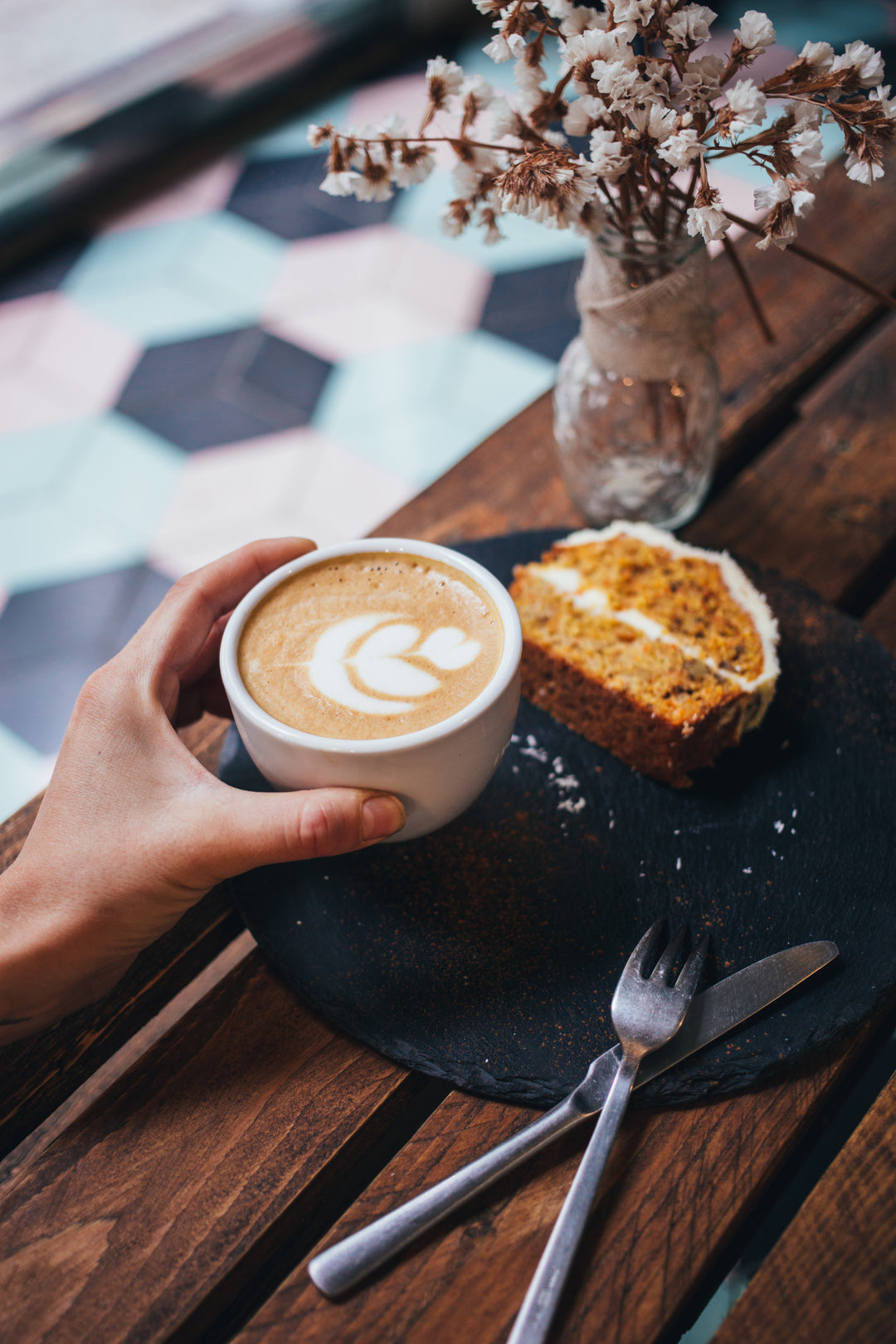
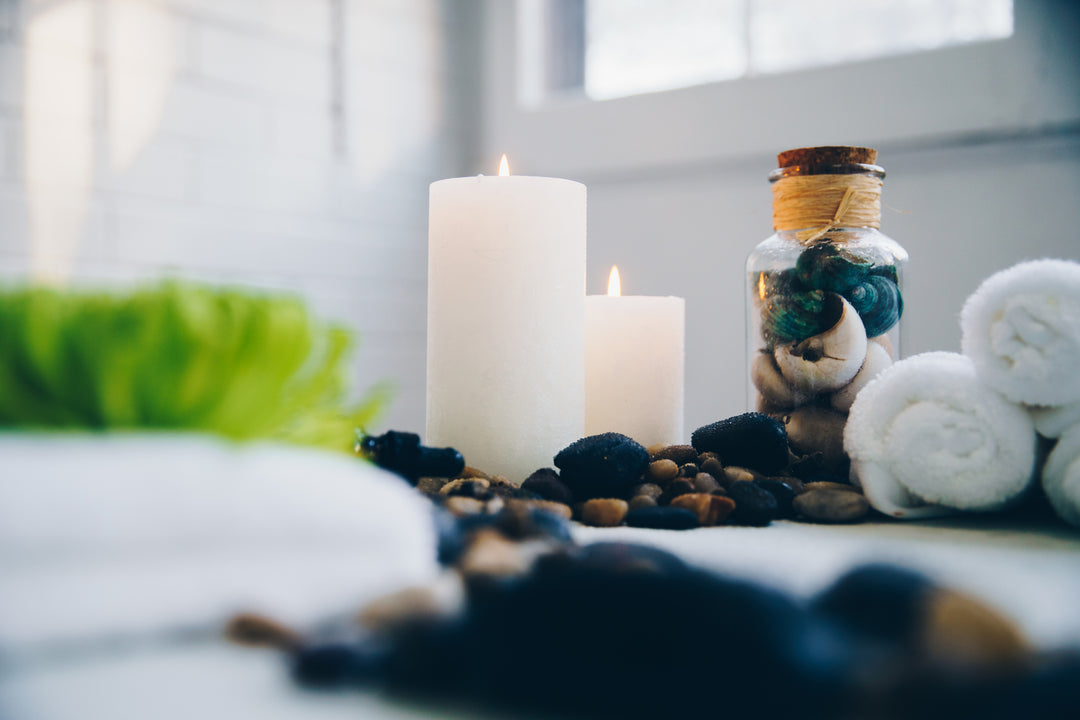

Leave a comment